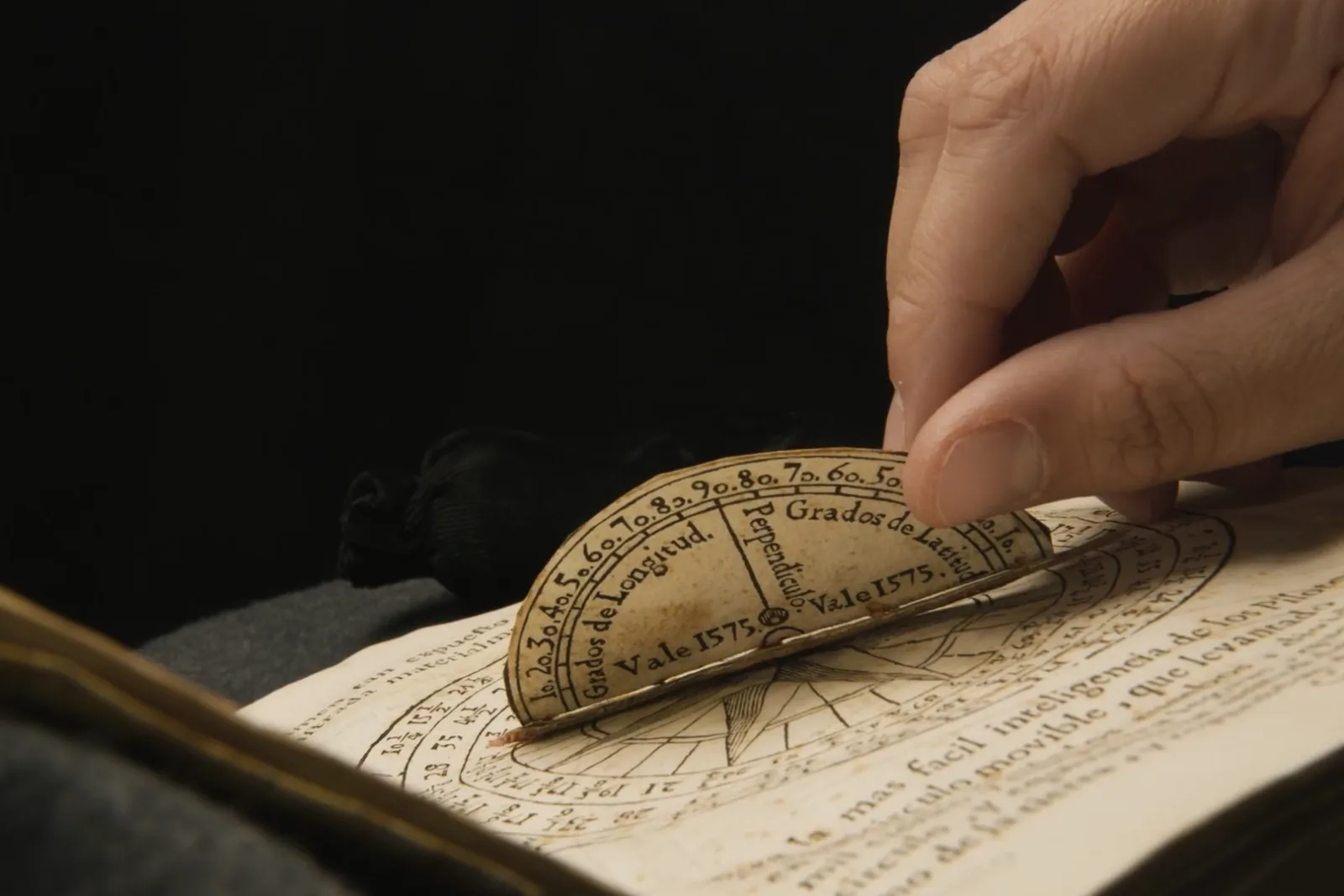We'll meet in the Newberry lobby and then make our way into the galleries for a closer look at Pop-Up Books through the Ages.
About "Pop-Up Books through the Ages"
Pop-up books have a longer history than you might think. For centuries, books with interactive flaps, dials, and other moving parts have captivated readers of all ages.
Since at least the 1100s, readers have been lifting flaps, spinning dials, and opening elaborate three-dimensional spreads in the pages of books. The earliest interactive texts were intended for scholars. Over time, pop-up books found new audiences and grew in popularity, engaging a wide range of users from emperors to mathematicians to children.
Featuring books, maps, and ephemera from the Newberry collection, Pop-Up Books through the Ages traces the extensive history of hands-on reading. Tactile, interactive components can be found in everything from a 1489 astronomical calendar and a 1775 battle map to a 1932 edition of Pinocchio. Viewing these different items in one place, visitors will see how the art, science, and business of pop-up books evolved over hundreds of years.
In addition to exploring the past, the exhibition highlights the present and future of pop-up books, including the work of contemporary book and paper artists who are pushing the form in new directions. Two of these artists, Hannah Batsel and Shawn Sheehy, have even designed a pop-up version of the Newberry that you can take home and construct yourself!
Pop-Up Books through the Ages is generously supported by The National Endowment for the Arts, the Gladys Krieble Delmas Foundation, Professor James H. Marrow and Dr. Emily Rose, Alan Templeton, Diane and Richard Weinberg, and The Movable Book Society.
Cost and Registration
This tour is free to attend. No advance registration required.
